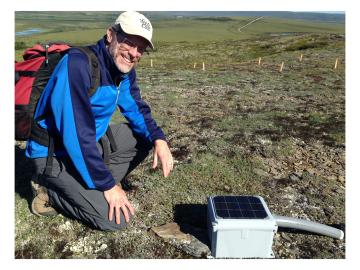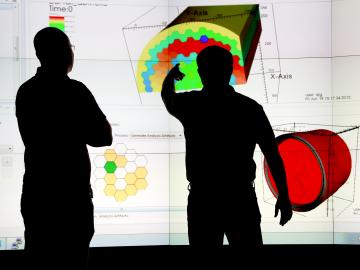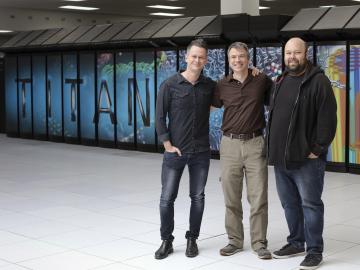Filter News
Area of Research
News Type
Date
Media Contacts
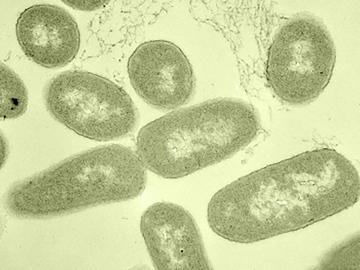
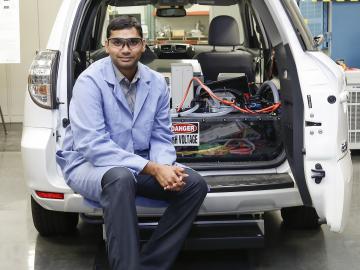
While trying to decide on an area of technical study as an undergraduate, Madhu Chinthavali visited labs at his college in India. One particular lab where an electrical engineer had devised various motor controls caught his eye. "It wasn't the motor that drew my attention," Ma...

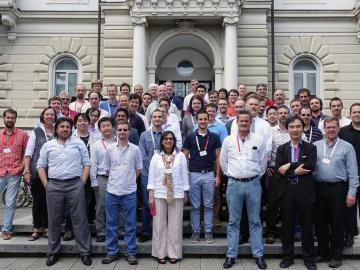
Leaders in hybrid accelerated high-performance computing (HPC) in the United States (U.S.), Japan, and Switzerland have signed a memorandum of understanding (MOU) establishing an international institute dedicated to common goals
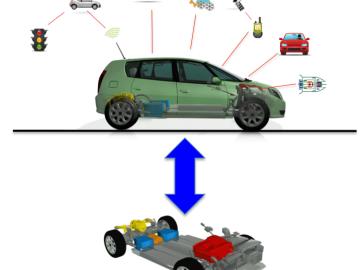
Oak Ridge National Laboratory has been awarded $3.36 million from the U.S. Department of Energy’s Advanced Research Projects Agency-Energy (ARPA-E) to develop novel control technologies for connected and automated vehicles with the goal of achieving a 20 percent improvement in vehicle energy efficiency.
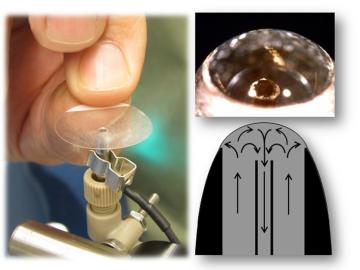
Researchers at the Department of Energy’s Oak Ridge National Laboratory have received seven R&D 100 Awards in recognition of their significant advancements in science and technology. The honorees were recognized on Nov. 3 at the 54th annual R&D 100 Conference, ...

Researchers at the Department of Energy’s Oak Ridge National Laboratory have demonstrated that permanent magnets produced by additive manufacturing can outperform bonded magnets made using traditional techniques while conserving critical materials. Scientists fabric...
